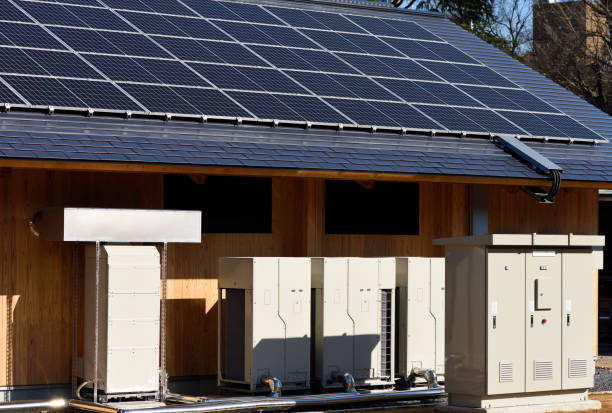Introduction
As the world moves toward cleaner and more sustainable energy sources, engineers play a key role in shaping the future. One major solution is solar energy system design, which allows us to harness power directly from the sun. It’s not only eco-friendly but also cost-effective in the long run.
In this article, we’ll explore 5 key insights about how solar systems are designed, why they matter, and how Electrical Power Engineers contribute to this growing field.
1. What Is Solar Energy System Design?
Solar Energy System Design is the process of planning and building systems that capture sunlight and convert it into electricity or heat. It involves:
-
Choosing the right location for sunlight exposure
-
Selecting the correct type of solar panels
-
Calculating load requirements
-
Designing wiring, inverters, batteries, and safety systems
This is typically done by electrical engineers or energy professionals trained in system planning and energy efficiency.

2. Key Components in a Solar Energy System
A standard solar setup includes:
-
Solar Panels – capture sunlight and produce DC electricity
-
Inverter – converts DC into AC power (used by home appliances)
-
Battery Bank – stores extra energy for use at night or during outages
-
Charge Controller – regulates voltage and prevents battery damage
-
Mounting Structure – holds panels securely on roofs or ground
-
Wiring & Protection Devices – for safety and efficient energy flow
3. Why Good System Design Is Important?
Proper system design ensures:
-
Maximum sunlight capture
-
Long-term energy savings
-
Safe and reliable operation
-
Minimum maintenance and downtime
-
Compliance with electrical and safety standards
A poorly designed system can waste energy or become a safety risk. That’s why expert design by a professional like an Electrical Power Engineer is crucial.
4. How Electrical Power Engineers Contribute
-
Perform site surveys to analyze sunlight and shading
-
Do load calculations to size the system properly
-
Select panel types, inverter ratings, and battery sizes
-
Design wiring layouts, grounding, and safety mechanisms
-
Create technical documentation for approvals and installations
With real-world knowledge from internships and projects, they bridge theory with hands-on implementation.

❓ FAQs About Solar Energy System Design
Q1: Can I install solar panels myself?
A: It’s possible, but not recommended without proper training. Hire a certified solar installer or engineer.
Q2: How much space do I need for solar panels?
A: Around 100 square feet per kilowatt. Roof size and sunlight exposure matter.
Q3: What tools are used in system design?
A: Tools like AutoCAD, PVsyst, MATLAB, and Multisim are commonly used by professionals.
Q4: What is the life of a solar energy system?
A: Most systems last 20–25 years with minimal maintenance.
For more information visit
















